Introduction
Lightweight wood saws for backpacking can be useful tools. I’ve used them for:
- Cutting firewood.
- Preparing limbs for snow trench shelter roofs.
- Building a pyramid for hanging a pot over a fire.
This article includes a video where I show the process by which a saw can be used for preparing wood for further hatchet-splitting (or batoning with a knife) to create dry kindling from wet wood.
Backpacking wood saws are not considered essential items by most of us, but they offer enough utility that it’s worth exploring the market to see what’s available across the weight spectrum.
Limitations
Backpacking wood saws suffer from three primary limitations:
- They are bulky.
- They are heavy.
- They don’t have enough cutting power to be useful.
So-called survival saws are the least bulky of all of them. They have no frame to hold the saw blade, which is typically just a short “chain”. Folding saws are less bulky than non-folding saws, but require more time to deploy.
In terms of weight, saws with longer blades require more framing to keep the blades stable, and will necessarily be heavier.
Cutting power and quality is defined by these three factors:
- Teeth per inch (TPI) – the number of teeth per inch of saw blade. The fewer teeth per inch (and the deeper the teeth), the faster you can saw through a given thickness of wood (generally), but the rougher the cut and more likely the teeth will get hung up on knots in the wood.
- Opposing teeth – saw blades with teeth that are perfectly in line (parallel to) with the saw blade cut more aggressively – i.e., faster with less effort, because cutting is performed on both push and pull strokes. This feature is a hallmark of pruning saws, which are designed with opposing teeth for cutting through live, wet wood. Dry wood blades do not have aggressively opposing teeth, and can get stuck in soft, wet woods that can swell during sawing (e.g., fir, pine).
- Blade length, thickness, and saw frame – the more robust a frame is (which provides blade stiffness), the thicker a blade is, and the longer a blade is, the more power you can transfer to the saw with your body. This makes cutting faster and more efficient. All of these features also add weight to the saw.
An Overview of Selected Wood Saw Models
One of the more popular compact camping saws is the veritable Sven Saw, a folding model with an aluminum frame and 15-inch blade that weighs about 11 oz (310 g).

The Sven Saw is a powerful, functional saw that folds away to a relatively compact package, but is generally considered to be a bit heavy for the backpacker who needs a saw only for incidental use.
At the other end of the spectrum, one of the lightest and most compact wood saws is the Coghlan’s Pocket Saw, which weighs a little under 3 oz (86 g) and rolls to the size of a small spool of fishing line.
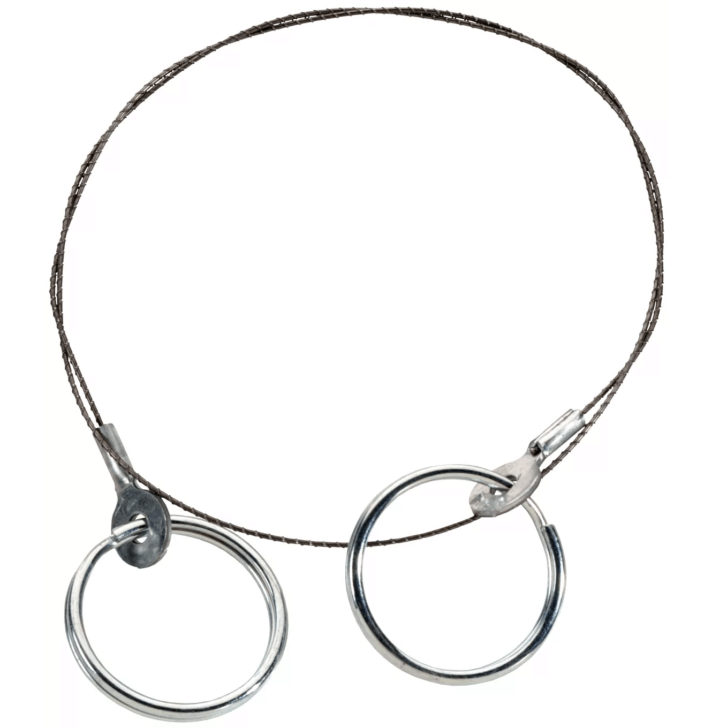
Although very compact and light, the Coghlan’s Pocket Saw has very little cutting power and is generally considered to be more useful in a survival kit than as a backcountry tool requiring frequent use.
The Pocket Saw is a lighter weight version of the well-known Nordic Pocket Saw, which typically uses nylon webbing handles connected to a very light chainsaw-style blade. Nordic Pocket Saws are much more powerful than the Coghlan’s Pocket Saw and would be well worth the added weight of 2 oz (56 g) or so if you needed something that could actually cut wood.
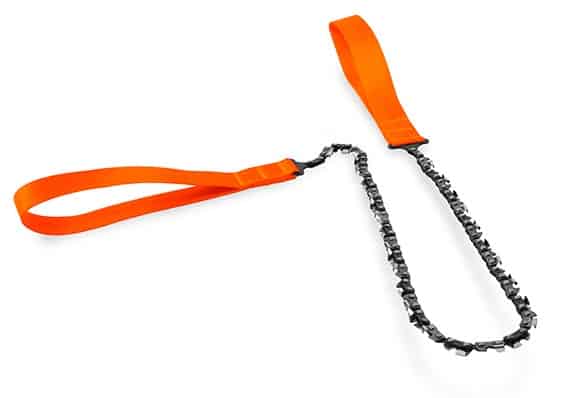
I’ve used both the Sven Saw and the Coghlan’s Pocket Saw and neither of them is found in my backcountry kit today. For the past few years, I’ve been using two products that I find to be “high performance” (good cutting power) while still being light and compact enough that it doesn’t provide me undue hardship to include them on short backpacking trips.
The first one is the Bahco Laplander pruning saw.

It’s not quite as powerful as the Sven Saw, and has a much shorter blade length (7 in vs. 15 in). It’s a folding saw as well but requires only a push button to engage and it deploys quickly. It’s also more compact and lighter (6.8 oz / 193 g) than a Sven Saw. It cuts both wet and dry wood well.
The most popular alternatives to the Bahco Laplander are folding saws from Fiskars and Silky, especially the Silky Pocketboy 130. My experience with Fiskars folding saw blades is that they don’t hold their sharpness in response to heavy use. I find that Silky Saws are a little less ergonomic when it comes to discomfort in my hand during sustained sawing – the handle isn’t quite as comfortable for me as with the Bahco Laplander.
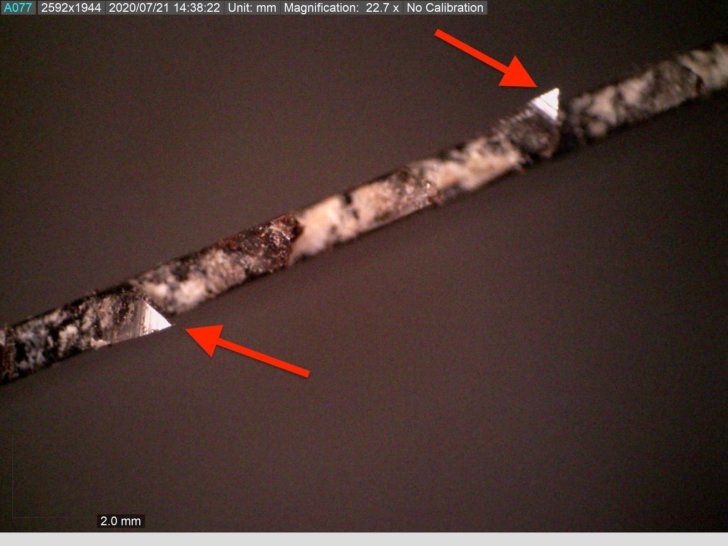

The second one is the Suluk 46 Uki Bucksaw.
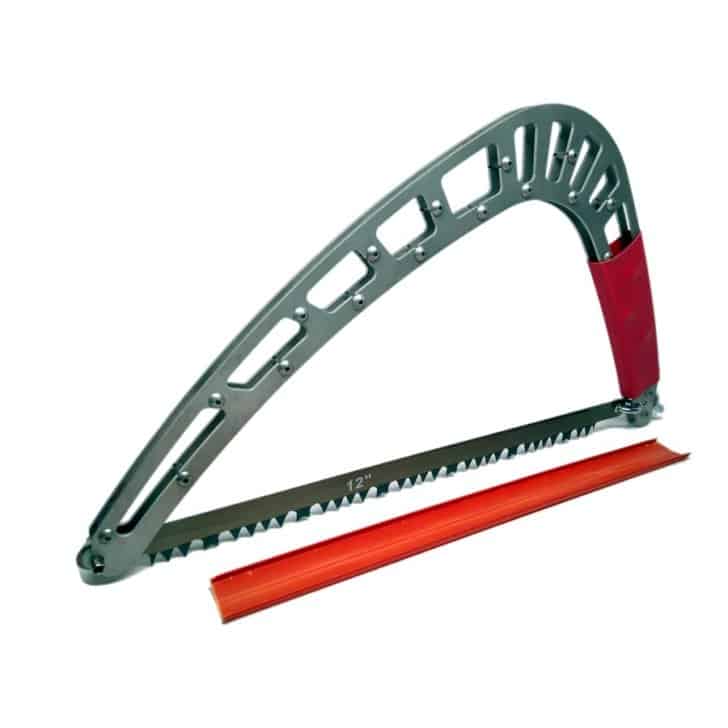
The Uki has a custom-designed aluminium frame built for stiffness and light weight (4.9 oz / 139 g), and uses standard 12-inch buck saw blades. Heat-shrink tubing is used to create a comfortable handle. It doesn’t fold, so it’s the bulkiest of the wood saws mentioned here. The blade can be tensioned to a very high level so it’s an efficient cutter. It cuts dry wood well, but suffers and gets stuck on wet softwoods like pine.
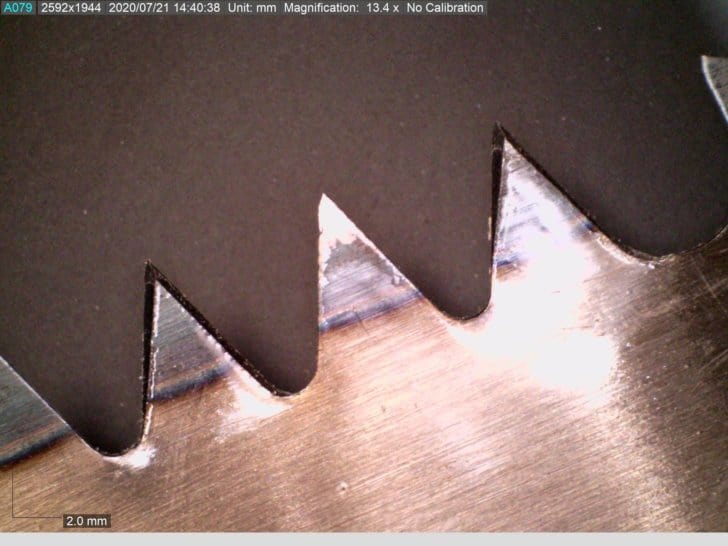
In Use (Videos)
The first two videos show the Bahco Laplander and the Suluk46 Uki in use on dry, soft wood (beetle-killed pine).
The second two videos show the same two saws on wet, harder wood (dead aspen).
Final Thoughts
Suluk46 accomplished something special: a beautifully-designed 12-inch buck saw that weighs less than 5 oz (142 g). It has potential, but its utility is limited by thin, aftermarket saw blades that shine when sawing through dry, soft wood but suffer for wet hardwoods. The Suluk 46 Uki buck saw will be fine for most users cutting dead fir and pine.
The Bahco Laplander is about 2 oz (56 g) heavier than the Uki. However, it’s more compact and more versatile, and represents the best of what a lightweight folding saw can offer.
The Sven Saw has the most power of all of these saws, due to its blade length. Like the Uki, it suffers when trying to saw through wet hardwoods.
The Pocket Saw is nearly useless beyond its ability to be included in a survival tool that you might give away as a gift, but otherwise is unable to efficiently cut wood that you can manage to break yourself with a swift kick.
DISCLOSURE (Updated April 9, 2024)
- Product mentions in this article are made by the author with no compensation in return. In addition, Backpacking Light does not accept compensation or donated/discounted products in exchange for product mentions or placements in editorial coverage.
- Some (but not all) of the links in this review may be affiliate links. If you click on one of these links and visit one of our affiliate partners (usually a retailer site), and subsequently place an order with that retailer, we receive a commission on your entire order, which varies between 3% and 15% of the purchase price. Affiliate commissions represent less than 15% of Backpacking Light's gross revenue. More than 70% of our revenue comes from Membership Fees. So if you'd really like to support our work, don't buy gear you don't need - support our consumer advocacy work and become a Member instead.
- Learn more about affiliate commissions, influencer marketing, and our consumer advocacy work by reading our article Stop wasting money on gear.




Home › Forums › Lightweight Wood Saws for Backpacking